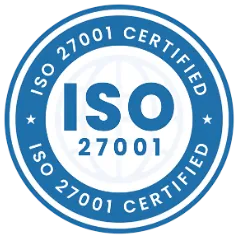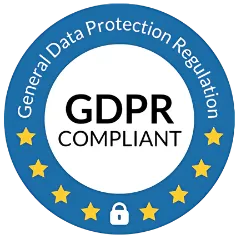Understanding Asset Management
Asset management is a critical process that involves overseeing and controlling a company’s assets in a way that maximizes their value, reduces costs, and improves efficiency. It is not just about keeping track of assets; it's about optimizing them throughout their entire lifecycle. This lifecycle includes acquiring, operating, maintaining, and eventually disposing of assets. Businesses that manage their assets effectively can significantly reduce operational costs, enhance productivity, and achieve better returns on investment (ROI).
The modern business landscape is more complex than ever, and managing assets manually is no longer feasible. Businesses rely on asset management tools and techniques to keep their operations running smoothly. By using specialized asset management systems like Asset Infinity, organizations can streamline the asset management process, ensure compliance, and maintain high levels of operational efficiency.
In today's competitive market, effective asset management is essential. From reducing unplanned downtime to ensuring that assets are performing at their best, there are numerous benefits to adopting a structured approach. Key to this approach is understanding the role of technology in asset management. Technologies like RFID, GPS, IoT, and advanced software solutions have transformed how businesses track, monitor, and maintain their assets, making asset management more dynamic and efficient.
Top Asset Management Techniques That Are Helpful for a Business
There are several asset management techniques that have been proven to enhance a business’s operational efficiency. These techniques not only help organizations optimize the usage of their assets but also ensure that they align with long-term business goals. Below are some of the most effective asset management strategies:
1. Preventive Maintenance
Preventive maintenance is a proactive technique that involves performing regular inspections and maintenance tasks to prevent assets from breaking down unexpectedly. Businesses that implement preventive maintenance programs benefit from reduced downtime, lower repair costs, and extended asset lifecycles. This technique can be automated through software solutions like Asset Infinity, which schedules and tracks maintenance activities, ensuring that no asset is neglected. This approach also supports overall asset management optimization, as businesses can avoid costly emergency repairs and unplanned downtime.
2. Condition-Based Monitoring
Condition-based monitoring uses real-time data from sensors and other monitoring devices to assess the condition of assets continuously. Instead of relying on predetermined maintenance schedules, businesses can perform maintenance when necessary, based on the actual condition of an asset. This technique reduces unnecessary maintenance and extends the life of critical assets, making it one of the most powerful asset management methods. Technologies such as IoT are integral to this approach, enabling organizations to have a 360-degree view of asset performance.
3. Asset Lifecycle Management
Every asset has a lifecycle, starting from acquisition to disposal. Asset lifecycle management is a comprehensive approach that ensures businesses manage each phase of an asset’s life efficiently. This includes planning for acquisition, performing routine maintenance, and eventually determining the right time for disposal or replacement. By following this method, businesses can avoid keeping obsolete or inefficient assets in operation, thereby optimizing their investment. With a robust asset management system like Asset Infinity, companies can automate lifecycle management and track all phases of an asset’s life, ensuring each asset delivers maximum value.
4. Asset Tracking Technology
Tracking the location and usage of assets is crucial, particularly for businesses that rely on a large number of physical assets, such as vehicles, machinery, or IT equipment. Asset tracking and management tools such as RFID tags, GPS systems, and IoT devices enable businesses to know exactly where their assets are and how they are performing. These technologies help reduce theft, misplacement, and unauthorized usage of assets. Moreover, tracking data can be used to make informed decisions about asset utilization, maintenance, and disposal, all contributing to effective asset management.
5. Centralized Asset Management Systems
Managing assets without a centralized system can lead to inefficiencies, errors, and miscommunication. A centralized system integrates all asset-related data into a single platform, providing businesses with a clear overview of asset performance, usage, and maintenance needs. Centralized systems, such as those offered by Asset Infinity, help businesses manage all aspects of asset management from one dashboard. This promotes collaboration between departments, reduces duplication of effort, and ensures that asset data is always up-to-date. By using centralized systems, businesses can streamline their operations and improve the accuracy of their asset management efforts.
These best practices for asset management not only improve asset performance but also contribute to overall business success by reducing costs, minimizing downtime, and optimizing resource utilization.
What is a Strategic Asset Management Plan?
A strategic asset management plan (SAMP) is a formalized document that outlines the asset management strategies a business will use to manage its assets effectively over time. This plan is essential for businesses that want to ensure their assets are aligned with their long-term objectives. A well-thought-out strategic asset management plan can lead to significant improvements in asset performance, operational efficiency, and financial returns.
Key elements of a strategic asset management plan include
1. Asset Identification and Classification
The first step in developing a SAMP is identifying and classifying all assets. This involves understanding what assets the business owns, where they are located, and their importance to the organization. By categorizing assets based on their criticality, businesses can prioritize their maintenance efforts and allocate resources more effectively.
2. Maintenance and Replacement Schedules
A well-structured SAMP includes detailed maintenance and replacement schedules. These schedules ensure that assets are maintained regularly and replaced at the optimal time, preventing asset failure and reducing repair costs. Using asset management tools and techniques like condition-based monitoring and preventive maintenance, businesses can automate these schedules and ensure that all assets are maintained efficiently.
3. Risk Management
Every asset carries some level of risk, whether it's the risk of failure, obsolescence, or theft. A strategic plan identifies these risks and outlines ways to mitigate them. For example, businesses can use asset tracking and management tools to prevent theft or loss. Additionally, condition-based monitoring can be used to predict potential failures before they occur, reducing the likelihood of unplanned downtime.
4. Cost Control
Managing the costs associated with asset management is another critical component of a SAMP. This includes budgeting for maintenance, repairs, and replacements. By closely monitoring asset performance and lifecycle costs, businesses can ensure that they are not over-investing in inefficient assets or under-investing in critical ones. A SAMP helps businesses optimize their asset spending, leading to better financial outcomes.
The goal of a strategic asset management plan is to ensure that all assets are managed in a way that supports the overall objectives of the business. By following a well-structured SAMP, businesses can achieve asset management optimization, reduce costs, and improve asset performance over the long term.
Also Read: Workflow & Asset Management Optimization
Conclusion
Effective asset management is essential for businesses of all sizes. By implementing the right asset management techniques and strategies, such as preventive maintenance, condition-based monitoring, and asset lifecycle management, businesses can ensure that their assets are performing optimally at all times. Developing a robust strategic asset management plan helps align asset management efforts with long-term business goals, leading to improved operational efficiency, reduced costs, and increased ROI. Asset Infinity provides businesses with comprehensive tools to manage their assets effectively, ensuring that they get the most out of their resources while minimizing risks and maximizing value. By focusing on asset management optimization, businesses can maintain their competitive edge and achieve long-term success.












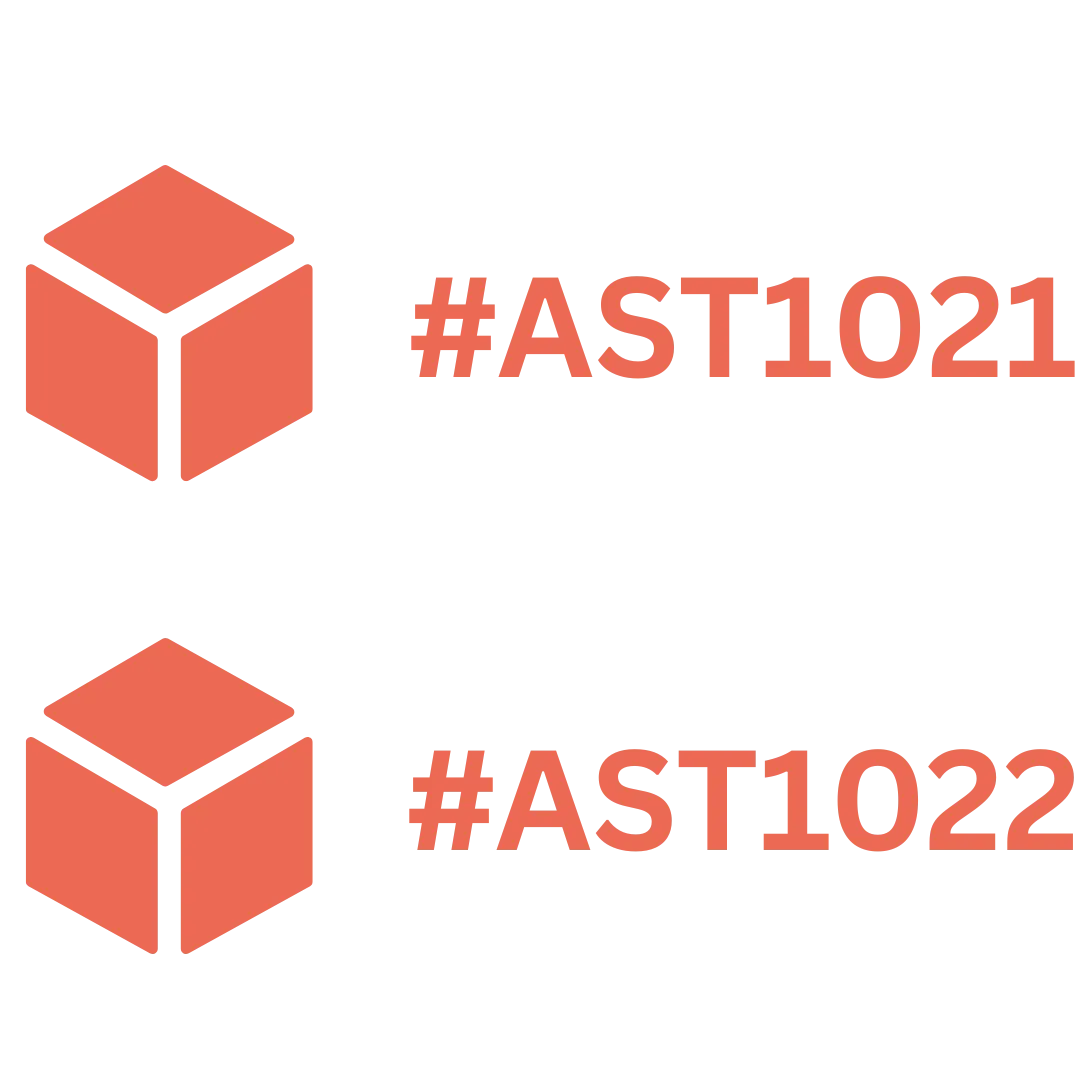





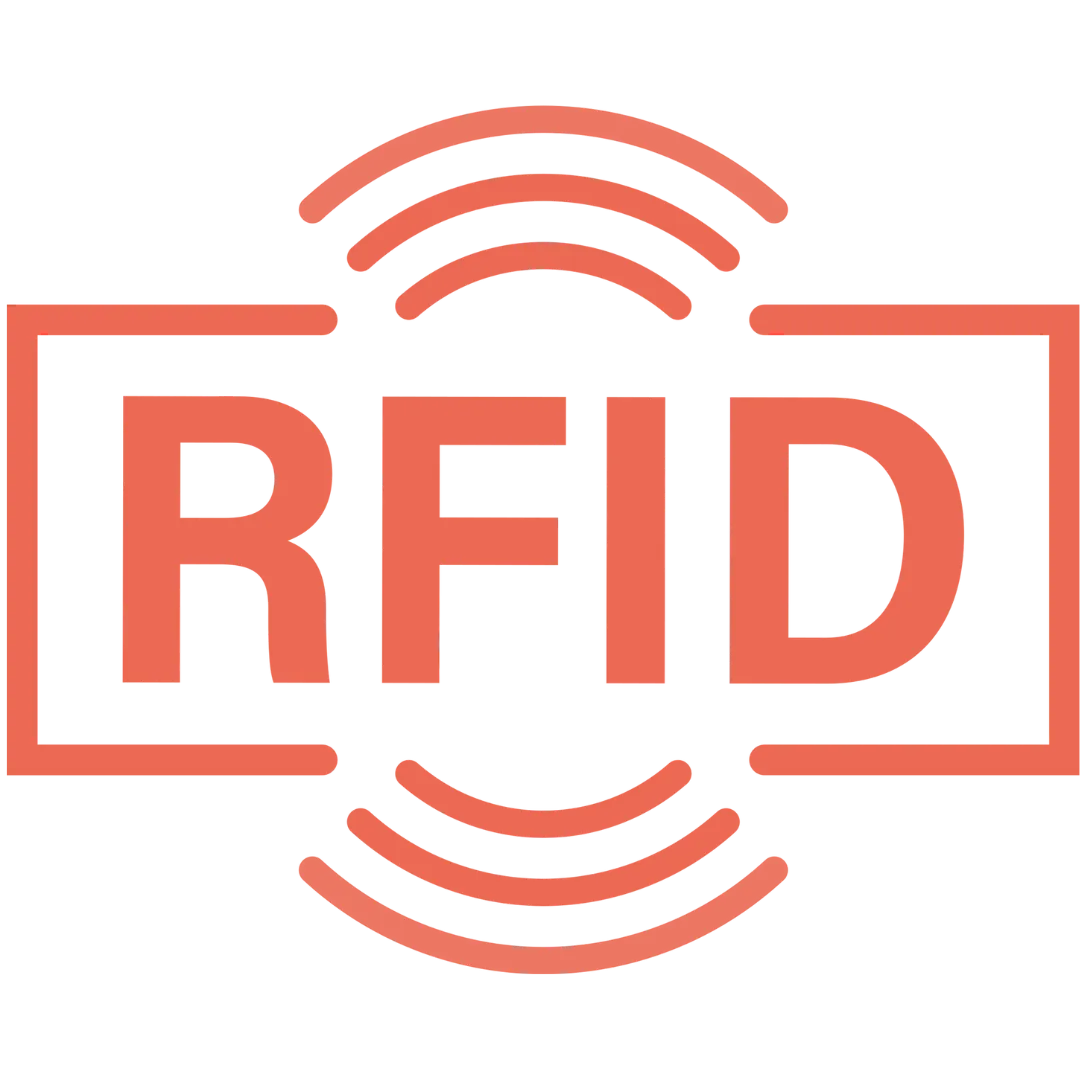






























.webp)
.webp)
.webp)
.webp)
.webp)
.webp)
.webp)
.webp)
.webp)

.svg)




.webp)
.webp)














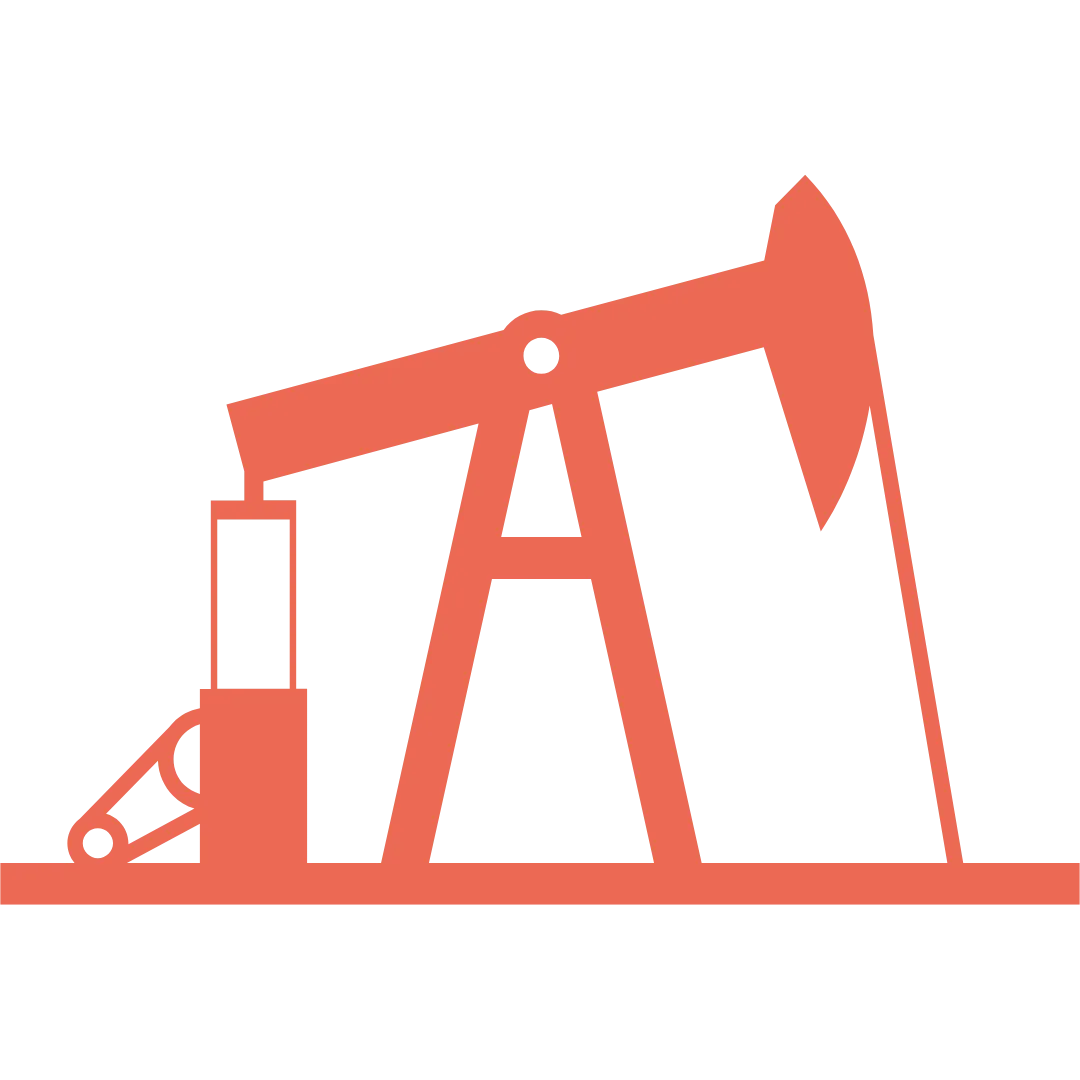




























.png)




.webp)


















